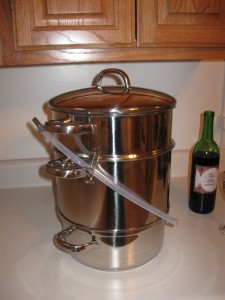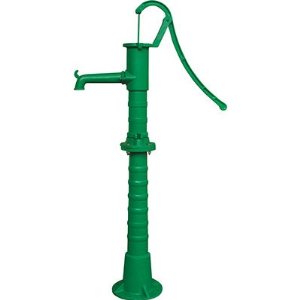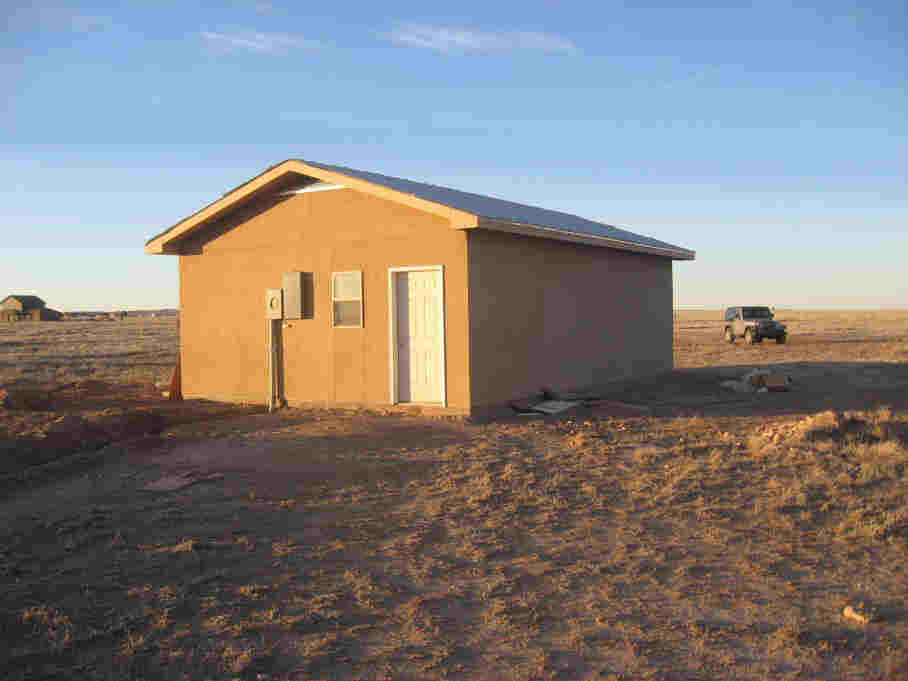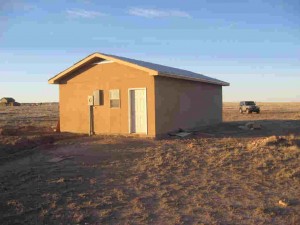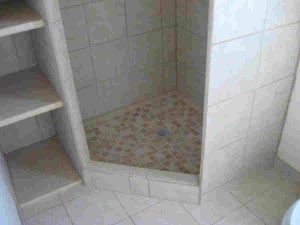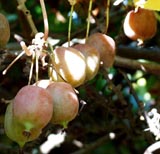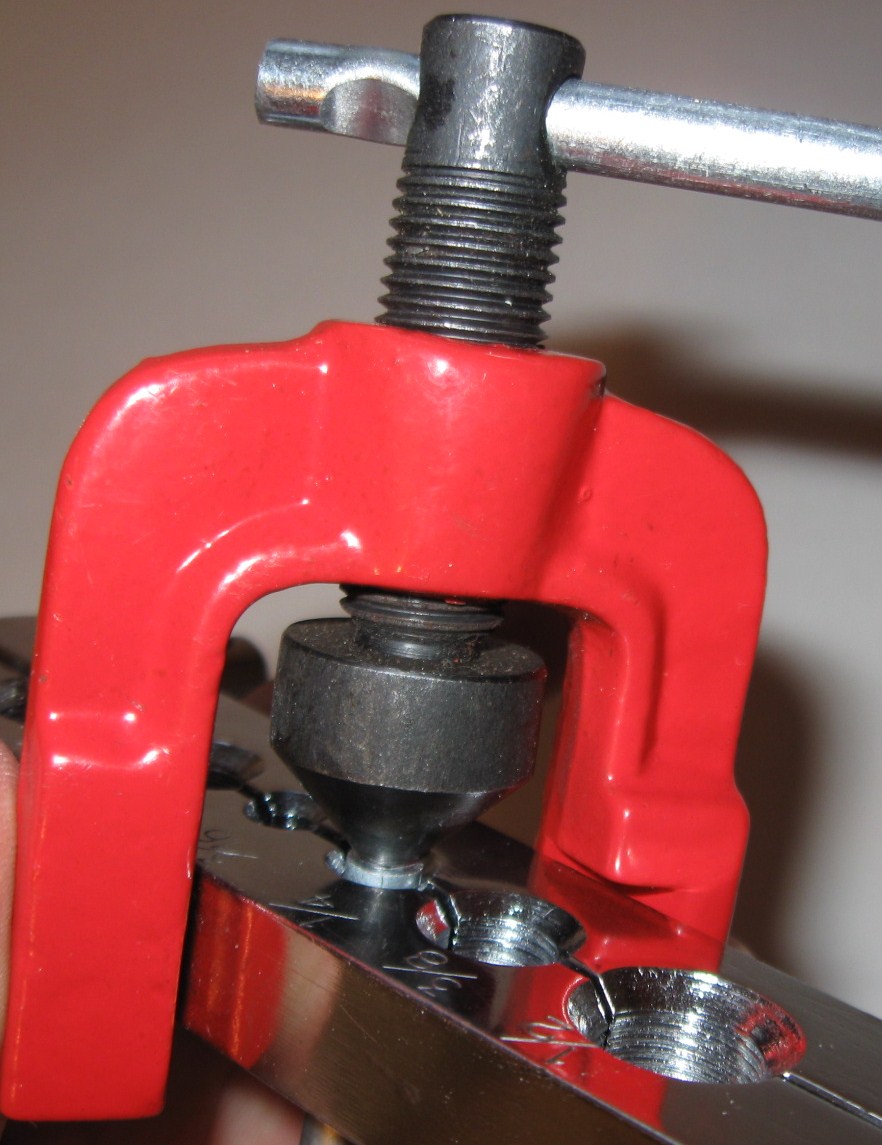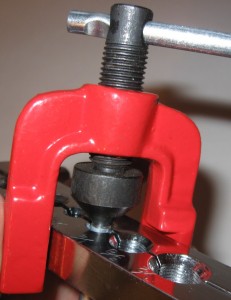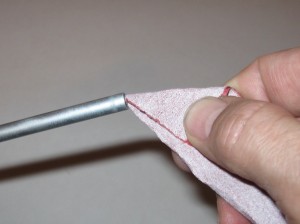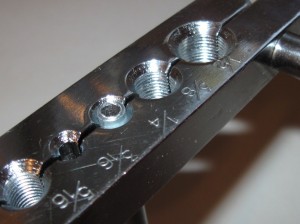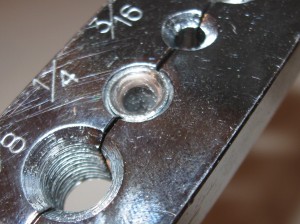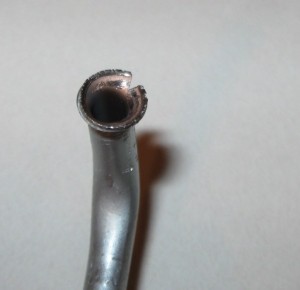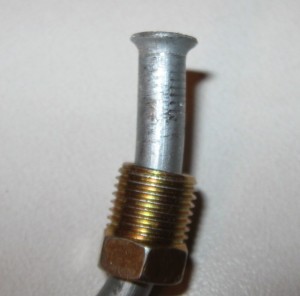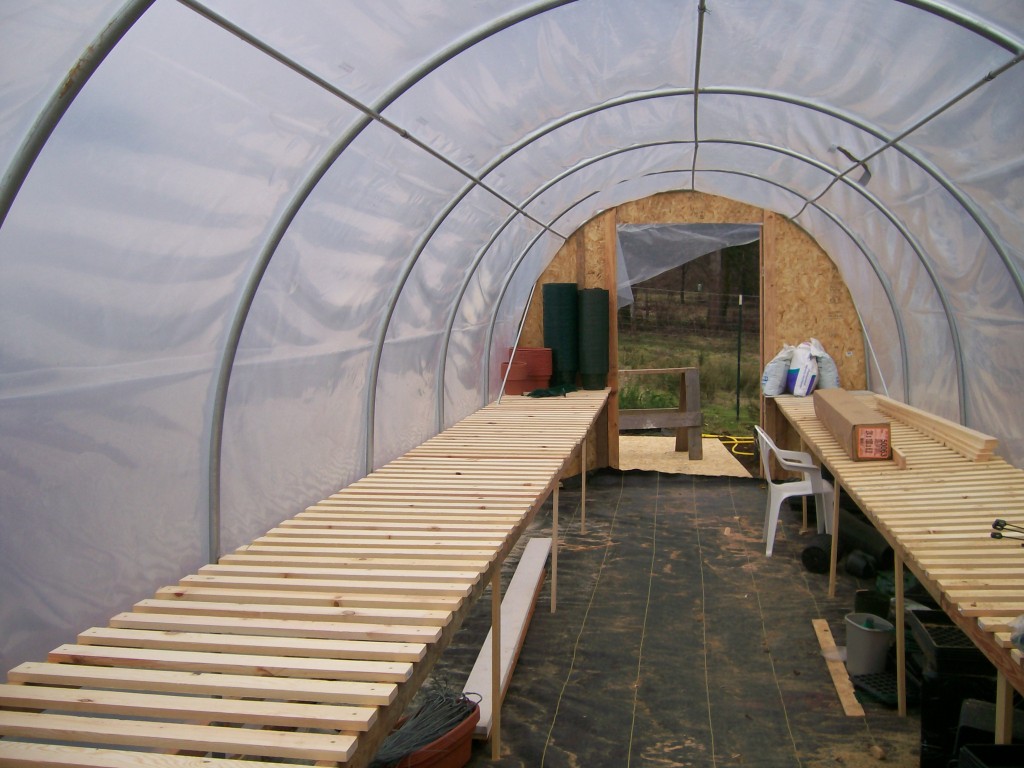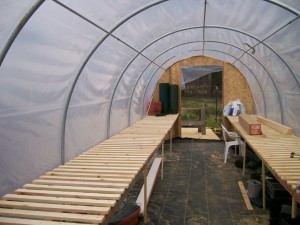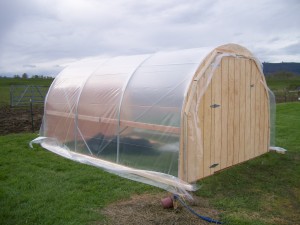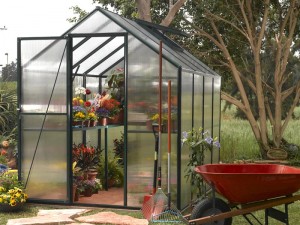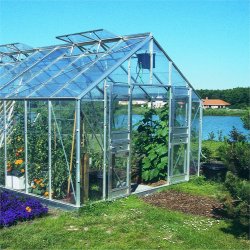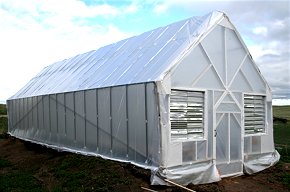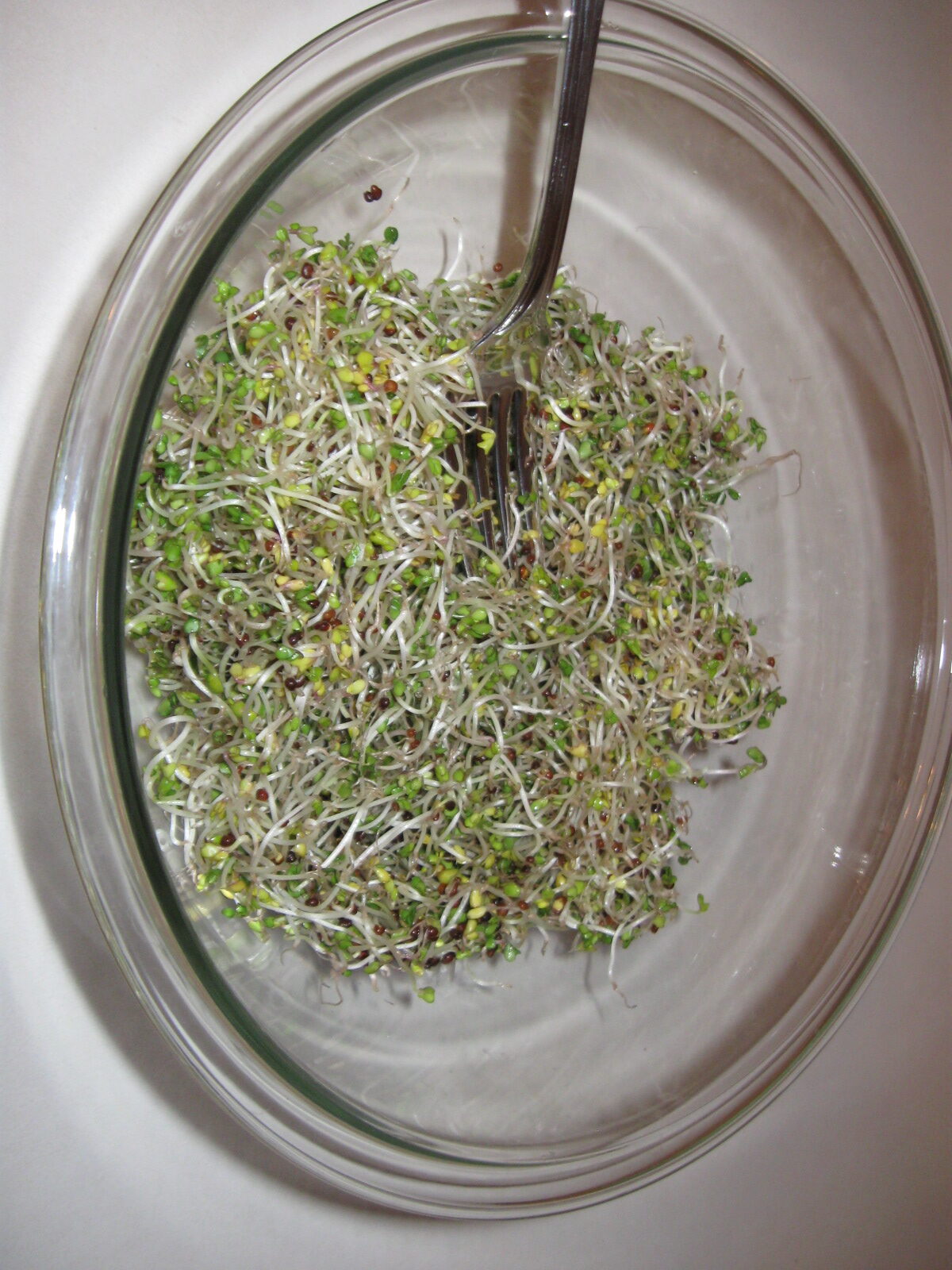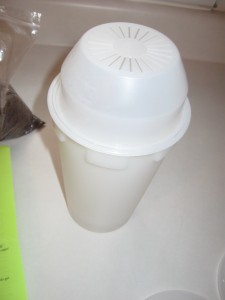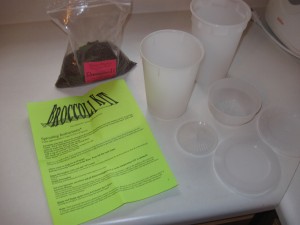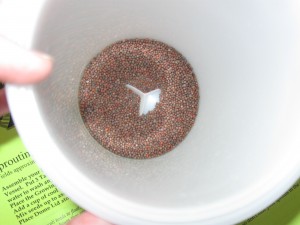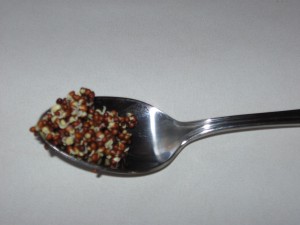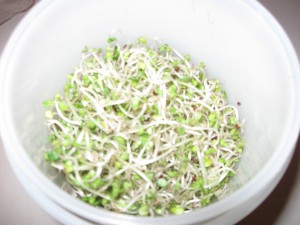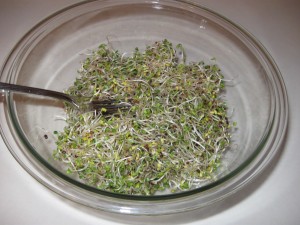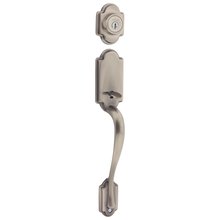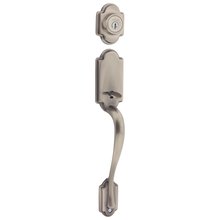
My first batch of wine – Apple Wine (1 gallon)
Before I went whole-hog on the winemaking thing, I decided to try a simple, inexpensive project to see just how it would work. I found a very good recipe and plenty of instructions online for EdWorts apfelwein.
Since I didn’t have a glass jug for the 1st experiment, I used the plastic gallon jug the apple juice came in, poured half out into a sanitized bowl, poured in 1 c. sugar, shook well, poured in part of the apple juice from the bowl, added 1/2 packet of the montrachet yeast, poured almost all of the rest of the juice in, leaving a bit of headspace in the jug.
The lids I ordered for the project didn’t fit the opening of the plastic jug, so had my 12 yr. old use his drill to drill a hole in the plastic lid that came with the jug to use with the airlock (and then sanitized). Using a tip I saw online, I filled the airlock with vodka about halfway.
Since I couldn’t find a local supply of glass jugs, I bought a bottle of that Carlo Rossi Cabernet in a gallon jug (really wanted the jug mostly) for future brewing in gallon batches.
After about a month, I racked the juice into the (empty of wine) glass gallon jug and let it continue fermenting. After the fermentation ended, we bottled it into recycled wine bottles and corked it. The addition of the sugar made it have a pretty good kick. This wine was very dry, a beautiful yellow color and definitely smelled like apples. It had a slight yeasty taste, so I might want to branch out on a more sophisticated recipe on the next try with apple wine.
Concord Grape Wine (1 gallon)
I’ve also tried using Welch’s grape juice concentrate from the freezer for a batch of red wine (and I ordered the other supplies listed for the recipe)… I found this recipe online for a 1 gallon batch:
32 ozs. Concord Frozen Concentrate
12 cups Warm Water
1 cup Table Sugar
1/2 teaspoon Acid Blend
1/8 teaspoon Pectic Enzymes
1 teaspoon Yeast Nutrient
1 Campden Tablet, crushed
1 pkg. Wine Yeast
This was another seriously easy wine that we fermented in the recycled glass gallon jug. After fermentation, racking and letting settle, we bottled it as well. This wine still tastes a lot like concord grape juice (can you say Mogen David?). Since we both much prefer a dryer wine, this one was relegated to service with wine coolers and sangrias.
Beaujolais (5 gallons)
I found a fabulous deal on wine-making equipment on Craigslist, including two 5 gallon glass carboys, a plastic primary fermentation bucket, a wonderful stand corker and all sorts of small winemaking tools (hydrometer, bubblers, etc.). This allowed us to move into larger quantity batches. Still considering ourselves complete newbs, I ordered a juice concentrate to make a batch of Beaujolais from ECKraus.
I followed the instructions that came with the concentrate, adding the ingredients recommended and following the procedure. We bought a siphon system to help with racking (and have been very happy we did).
This batch of wine never was as clear as we would have liked, but it was still pronounced “drinkable” and is completely gone! I used it in cooking and also as a holiday Gluehwein with good success.
Vintner’s Reserve Merlot (5 gallons)
We bought a better kit for the most recent batch of wine — a Vintner’s Reserve Brand Merlot kit from Midwest Supplies.
This is most definitely our best batch yet… only 5 bottles left and going fast. We have no more wine in process since the move to NM is imminent. This batch gave us the encouragement to continue…
I recently got a new stainless steel juice extractor so that we can make our own juice to start the wine-making from scratch. We will probably continue to order juice kits in the meantime, but I look forward to making juices to store in the pantry and also for winemaking in the future. Isn’t this a cool gadget?
We cannot wait to get settled so we can get back to brewing. Did I mention we also tried our luck at brewing beer? That’s another post in the future…


